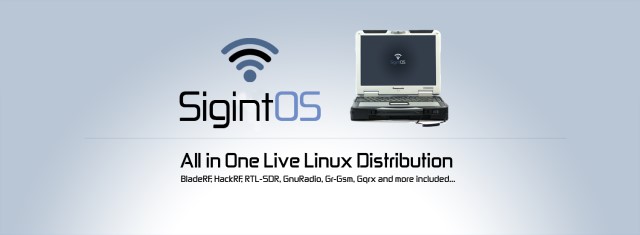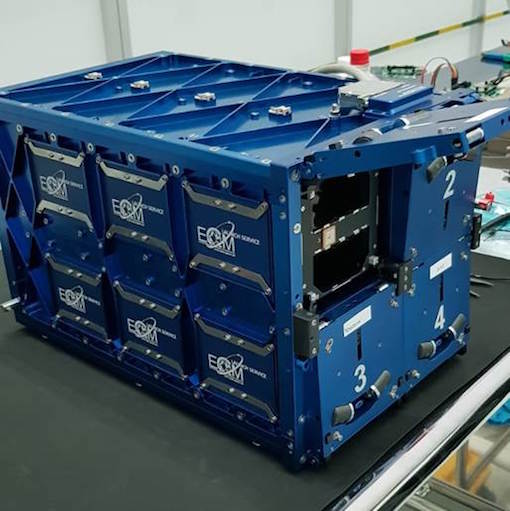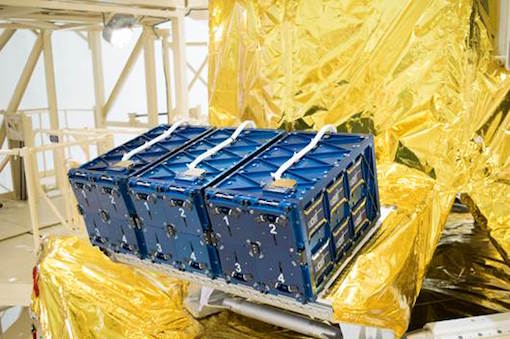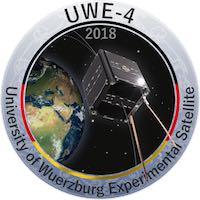This is a copy of a message send by PA0DLO to the Amsat-BB mailing list with information on how to track Satellites carrying amateur radio payloads that will go into deep space.
All,
Many radio amateurs are familiar with tracking amateur satellites that orbit the Earth in low orbits or high elliptical orbits. Several tracking programs and all required orbital parameters are available for tracking these satellites.
But soon spacecraft carrying an amateur radio payload will be launched towards the Moon and beyond. If amateurs want to track these spacecraft they will need suitable tracking software and orbital elements to be able to calculate the positions of these spacecraft.
Calculations
Unfortunately none of the currently available tracking programs, used for satellite tracking by amateurs, is suitable for deep space tracking. But fortunately two free, open source software packages for Windows, Linux and Mac are available, that will enable deep space tracking:
General Mission Analysis Tool (GMAT)
http://gmatcentral.org/
https://sourceforge.net/projects/gmat/files/GMAT/GMAT-R2017a/
SciLab, including CelestLab, CelestLabX and Aerospace Blockset
http://www.scilab.org/
http://atoms.scilab.org/toolboxes/celestlab
https://atoms.scilab.org/toolboxes/aerospace_blockset
Probably most amateurs will prefer GMAT, because it is most user friendly, has a lot of documentation and help files, and contains many sample scripts. Scripts that are created by other amateurs can be used without having much knowledge or experience with GMAT.
Measurements
It is not certain that orbital elements for all deep space spacecraft carrying amateur radio payloads will be made available to radio amateurs. Therefore amateurs may need to measure these orbital elements themselves through doppler and ranging measurements. So amateurs will need to set up their own Amateur Deep Space Network, similar to NASA’s DSN, ESA’s Estrack, etc. This will require some stations with large enough antennas and with equipment to carry out doppler and ranging measurements to determine direction and distance to the spacecraft. This new development is an interesting challenge for radio amateurs.
For further details see my Amateur Deep Space Tracking page:
https://hamsat1.home.xs4all.nl/index.html
You can find further information on space flight on this very informative set of pages:
https://solarsystem.nasa.gov/basics/
Deep space navigation is covered in chapter 13:
https://solarsystem.nasa.gov/basics/chapter13-1/
Source: Nico PA0DLO
Some extra information by Daniel Estevez (EA4GPZ)
http://destevez.net/2018/05/dslwp-bs-journey-to-the-moon-part-i/
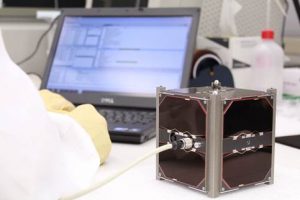
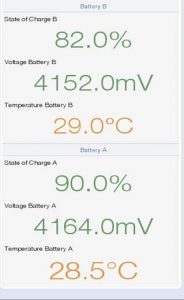 Day by day many radio amateurs from around the world send us UWE-3 beacons to supply us with the health state of UWE-3, which is still excellent. For example the batteries are still in a good shape:
Day by day many radio amateurs from around the world send us UWE-3 beacons to supply us with the health state of UWE-3, which is still excellent. For example the batteries are still in a good shape: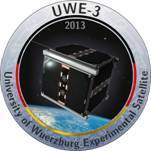

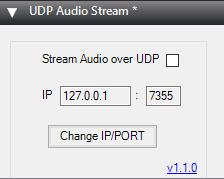 This was something I was looking for, for a long time. The plugin makes it possible to stream the demodulated
This was something I was looking for, for a long time. The plugin makes it possible to stream the demodulated 